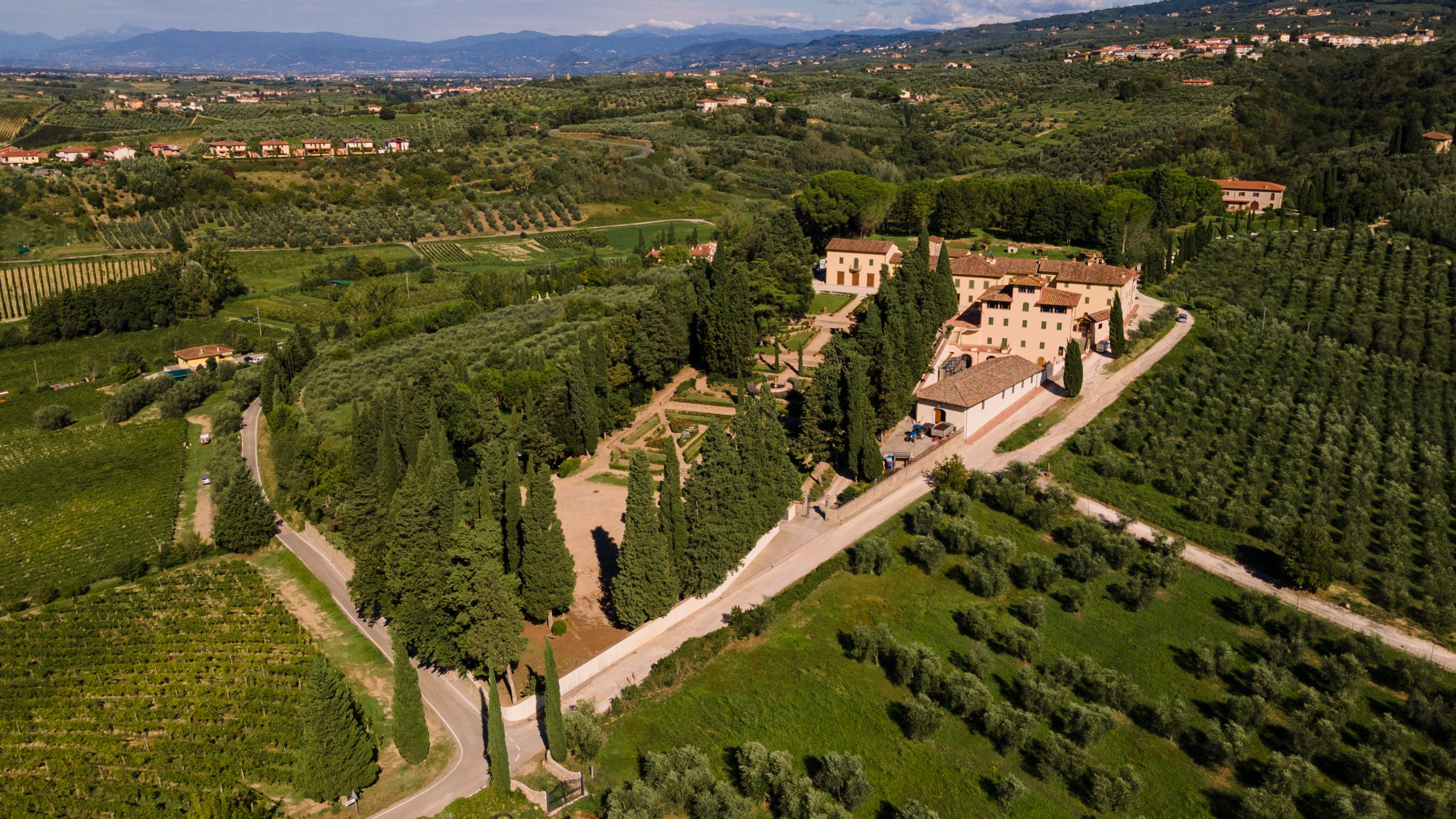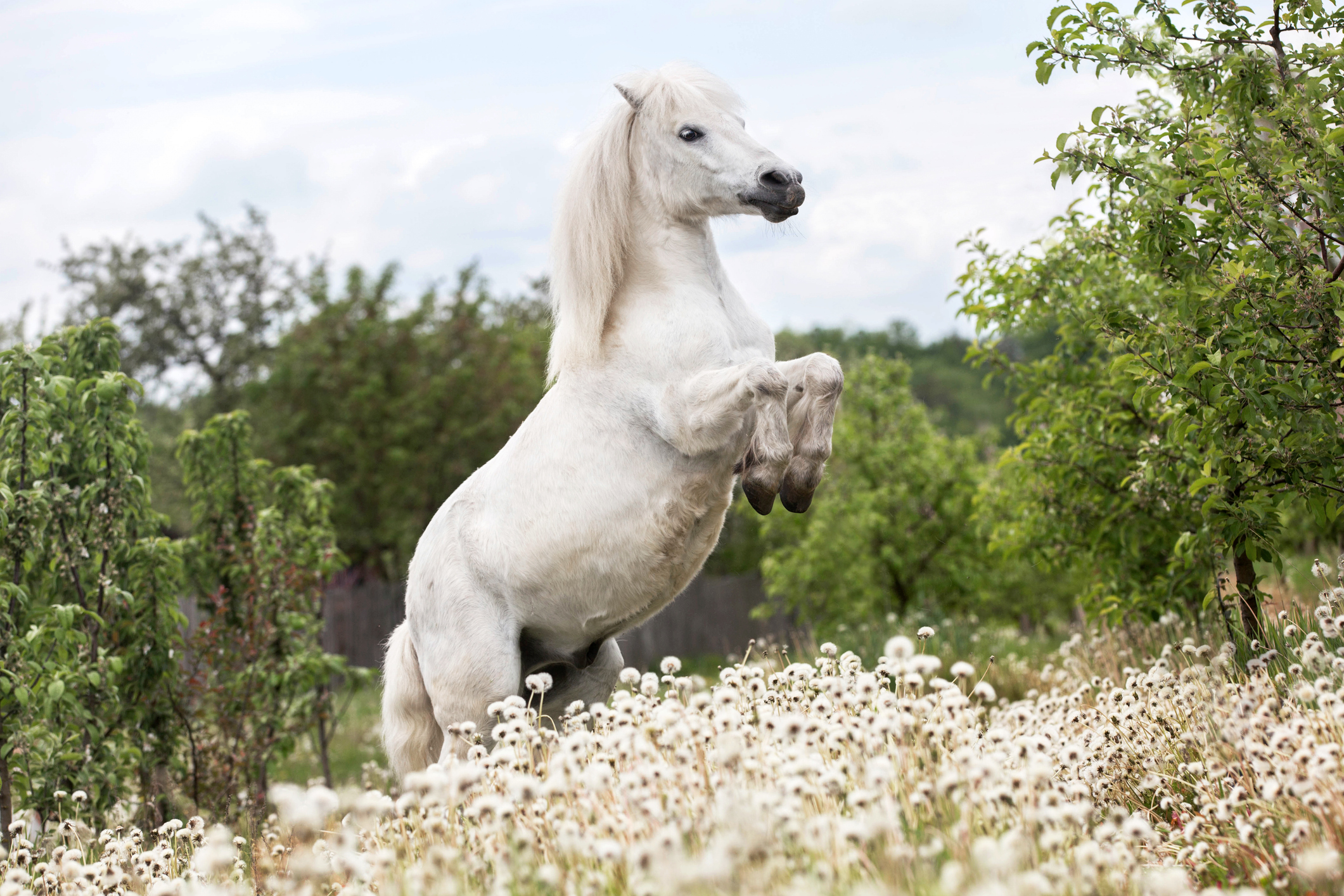Analysis: Study shows grape swaps could help thwart global warming
By Phoebe FrenchA study has revealed that a 2°C rise in temperatures could wipe out production in 51% of current wine regions, but planting heat tolerant varieties could help mitigate the effects of global warming. We take a look at the issues involved.
Vineyard sign marking Burgundy Way and Pinot Noir Way taken in October 2019 after the Kincade fire in Sonoma, California. Image: iStock
The study
A study, carried out by researchers at the University of British Columbia and published in Proceedings of the National Academy of Sciences, has stressed that swapping certain grape varieties for more heat-tolerant examples could be key to maintaining wine production.
Researchers focused on 11 of the world’s most popular grape varieties – Cabernet Sauvignon, Chasselas, Chardonnay, Grenache, Merlot, Mourvedre, Pinot Noir, Riesling, Sauvignon Blanc, Syrah and Trebbiano – using long-term records to build models for when each variety typically buds, flowers and ripens. They then used climate change projections to forecast where the varieties could be grown in the future.
Research revealed over half the regions currently suitable for wine production could be lost if global temperatures rose by an average of 2°C. This rises to around 77% of regions if temperatures augment by 4°C.
Senior author of the study and professor of forest and conservation sciences at the University of British Columbia, Elizabeth Wolkovich, explained that swapping in grape varieties such as Grenache, Cabernet Sauvignon and Trebbiano could ease winemakers’ “transition to a new and warmer world”.
To achieve their findings, scientists combined long-term temperature records with global data on where different grape varieties are planted.
Wolkovich explained: “We found that by switching to different varieties, vintners can lessen the damage to just 24% of areas lost. For example, in Burgundy, France, vintners can consider planting more heat-tolerant varieties such as Syrah and Grenache to replace the dominant Pinot Noir. And growers in regions such as Bordeaux may swap out Cabernet Sauvignon and Merlot for Mourvedre.”
However, the greater the rise in temperature, the less impact grape swapping will have.
Lead author Ignacio Morales-Castilla of the University of Alcalá in Spain explained: “At four degrees, around 77% of all areas may be lost, and planting new varieties will limit this to 58% losses. Winegrowing regions can adapt to a lower level of warming, but at higher warming, it’s much harder to save regions.”
Analysis
Planting more heat tolerant varieties in areas that can experience drought is not new, and has already been employed in certain areas around the world, for example in parts of Australia. Greek and southern Italian varieties, in particular, are being used for this purpose.
However grape growers can make other changes in the vineyard without uprooting their current vines. It is unclear whether the study’s authors factored in the impact of vineyard management techniques on grape growing – techniques which can help vines tolerate higher temperatures.
Wine styles nor practices employed in the winery don’t appear to have been factored in either. While diversity, and using grapes that are more suited to their environment is important, swapping out established varieties in bulk, and proclaiming this as the key solution, is too simplistic a view.
Speaking to the drinks business Dr Greg Dunn, the head of Plumpton College’s wine division, believes the argument is more nuanced.
He said: “While temperature is probably one of the most important factors in determining where you can grow grapes, there is still a lot that can be done with grapevine management and wine style.
Partner Content
“This [study] is a very simplistic view of the relationship between regions, temperature and wine styles”.
For one thing, should elements within the study be tested in regions around the world, laws would need to be changed to allow for a greater diversity of planting.
“The sheer money and level of infrastructure in Bordeaux, Champagne and Burgundy is just not going to allow these things to happen,” Dunn said, referring to widespread replanting efforts.
“One of the issues is that the wine industry is so heavily based on tradition, and so heavily related to regions and cultivars. You introduce something new and it’s a difficult marketing exercise.
“I do understand what they’re saying on very simple level, but the wine industry is a bit more sophisticated than that.”
As head of a wine teaching college which researches viticulture in the UK, Dunn found particular fault with comments made about the UK.
It was reported that “in the United Kingdom, the number of suitable varieties would increase from zero to five”.
Dunn calls the comment “ridiculous”. “It’s nonsense because over 20 years ago we were growing probably a dozen varieties,” he said. “Even here at Plumpton we make eight wine styles from 10 different varieties. However, it would be fair to say in the UK that the number of suitable varieties will increase.”
Dunn added that a lot of the report’s findings were “old news”, first studied extensively by the likes of research climatologist Greg Jones in Oregon 12 years ago.
“People around the world have been having these kinds of conversations for years, asking what’s going to happen to Champagne etc,” he said. “What Champagne and regions like it did is they sold their product on the concept of terroir.
“Fundamental to terroir is temperature, so that kind of marketing campaign has been based on this shifting of varieties over hundreds and thousands of years, which has led to these grapes being in the best possible place that they could be in.
“That’s been their marketing strategy. Now temperatures and their terroir is changing, they have to think how they can market Pinot from Burgundy.
“If you look at some of the recent papers that have come out on terroir, it’s no longer this social construct. It involves landscape, winemaking, even the clothes that winemakers wear. The French are aware that terroir is a slippery slope and they’re trying to distance themselves from it.”




